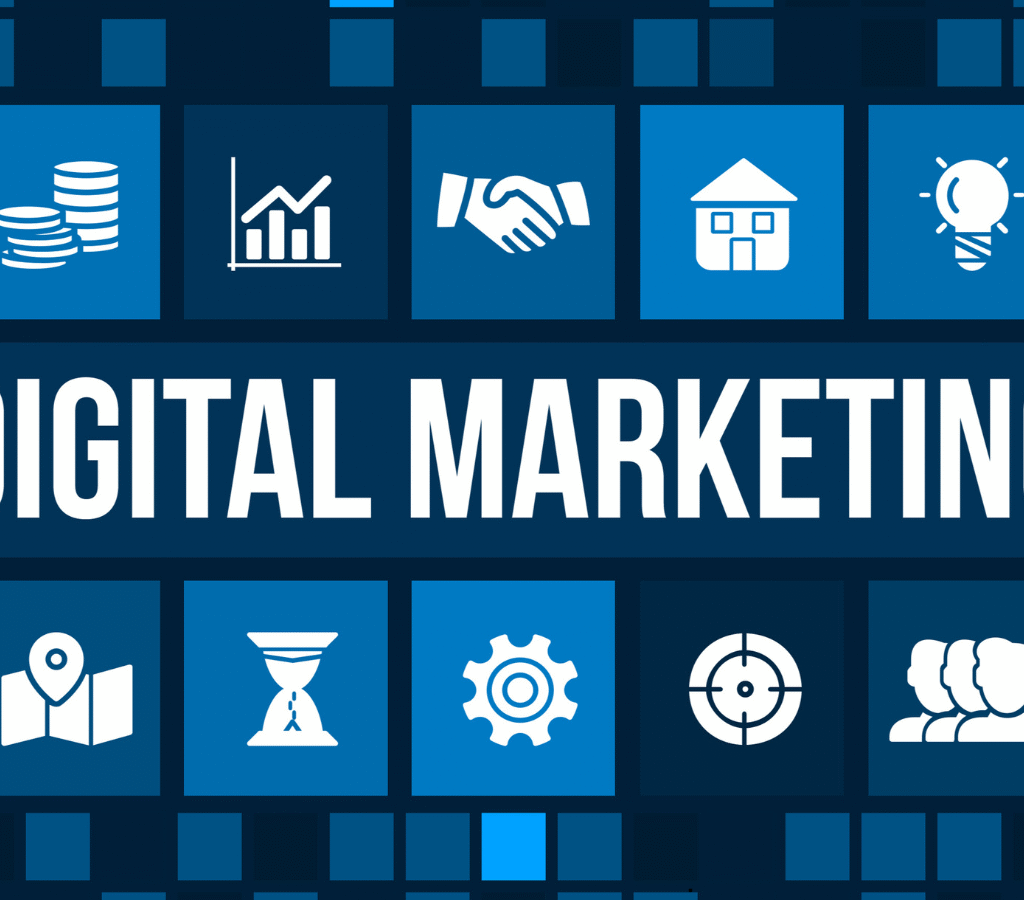In today’s competitive digital marketplace, brands are facing a generational shift. The newest wave of consumers, Gen Z (born between 1997 and 2012), is changing the way brands think about marketing, advertising, and engagement.
Unlike Millennials and Gen X, Gen Z grew up fully digital — surrounded by smartphones, social media, and instant information. They are tech-savvy, value-driven, and skeptical of traditional advertising. To capture their attention and loyalty, brands must rethink their digital ad strategies and focus on authenticity, experience, and personalization.
At Chasegeek, we’ve helped multiple brands optimize their digital presence to resonate with Gen Z consumers — and the results highlight just how unique this audience truly is.

Understanding Gen Z: The Digital-Native Consumer
Before diving into ad strategies, it’s crucial to understand how Gen Z behaves online and what drives their purchasing decisions.
1. Digital First, Mobile Always
- 98% of Gen Z owns a smartphone
- 74% spend over 4 hours daily on mobile devices
- Apps like Instagram, TikTok, and YouTube dominate their screen time
Gen Z is unlikely to respond to desktop-first campaigns. Mobile-first marketing isn’t optional anymore — it’s the baseline.
2. They Value Authenticity Over Perfection
Unlike previous generations drawn to polished ad campaigns, Gen Z prefers raw, relatable, and unfiltered content.
- They trust user-generated content (UGC) more than brand ads
- They resonate with behind-the-scenes content and real stories
3. Social Media Is Their Search Engine
Google might still rule for older demographics, but Gen Z searches on TikTok, Instagram, and YouTube for products, reviews, and recommendations.
4. Value-Driven Decisions
Gen Z is highly socially conscious. They want brands to:
- Take a stand on social issues
- Show commitment to sustainability and inclusivity
- Be transparent in operations
5. Impulse Meets Research
While they make impulse purchases influenced by trends, Gen Z also researches deeply before buying higher-ticket items. They check:
- Reviews
- Creator opinions
- Brand reputation on social media

Why Traditional Ads Don’t Work on Gen Z
Traditional banner ads, pop-ups, and even Facebook ads often fail because Gen Z is:
- Ad-blind: They skip, scroll, and block anything that feels intrusive
- Privacy-aware: They distrust brands that misuse personal data
- Engagement-focused: They want two-way communication, not one-way broadcasting
To reach Gen Z effectively, marketers must focus on connection, creativity, and conversation.
Rethinking Digital Ad Strategies for Gen Z
Here’s how to revamp your advertising approach to align with Gen Z’s buying behavior:
1. Leverage Influencer Marketing (Micro and Nano)
- Gen Z trusts creators more than brands
- Micro and nano influencers (1K–50K followers) drive authentic engagement
- Influencer collaborations should focus on storytelling, not hard selling
Example:
ChaseGeek worked with a streetwear brand that used 10 micro-influencers on Instagram and TikTok. The campaign drove:
- 6x engagement compared to traditional ads
- 35% increase in website traffic
- Strong user-generated content for retargeting
2. Focus on Short-Form Video Content
- TikTok, Instagram Reels, and YouTube Shorts are Gen Z’s preferred ad platforms
- Quick, entertaining videos outperform static posts
- Use trends, humor, and interactive elements to boost reach
Pro Tip:
Keep ads 10–20 seconds with a strong hook in the first 3 seconds.
3. Interactive and Gamified Ads
Static ads are boring. Gen Z wants experiences:
- AR try-ons (like Snapchat filters for makeup or fashion)
- Polls, quizzes, and swipe-up interactions
- Gamified campaigns that reward engagement
4. Social Commerce Integration
Gen Z loves shopping without leaving their favorite apps.
- Instagram Shops, TikTok Shop, and Pinterest Buyable Pins allow direct conversions
- Combine influencer campaigns with in-app purchase options for frictionless sales
5. Purpose-Driven Campaigns
Highlight your brand’s mission and values in your campaigns.
- Showcase eco-friendly products, social initiatives, or diversity efforts
- Make the message authentic and backed by real action
6. Community-First Marketing
Instead of chasing virality, build loyal communities where Gen Z feels heard:
- Private Discord servers or WhatsApp communities
- Exclusive product drops for loyal members
- Encouraging user-generated content challenges
7. Retarget Using Creative Storytelling
Gen Z ignores generic retargeting ads. Instead, personalize remarketing with content like:
- Customer testimonials
- Mini-stories about your brand
- Product usage hacks
8. Embrace Dark Social and DMs
Much of Gen Z’s product sharing happens in private chats (WhatsApp, Instagram DMs).
- Encourage shareable content
- Use referral rewards for private sharing
Real-Life Example: ChaseGeek’s Gen Z Campaign
A D2C skincare brand approached ChaseGeek to increase conversions among Gen Z buyers.
Our strategy:
- Launched TikTok-style Reels with creators showing morning routines
- Created an Instagram Shop for one-click checkout
- Built a WhatsApp community for early product drops
Results:
- 3x increase in engagement rate
- 2.2x increase in conversions
- Over 40% of purchases traced to social shares and DMs
The Future of Digital Advertising for Gen Z
As Gen Z’s purchasing power grows, brands must:
- Be mobile-first and video-driven
- Prioritize social commerce and interactive formats
- Align with values and community over pure selling
Simply put: Don’t advertise to Gen Z — connect with them.
FAQs: Gen Z Buying Behavior & Ads
1. What makes Gen Z different from Millennials in buying behavior?
Gen Z is more digital-native, value-driven, and community-focused. They rely on social media and peer recommendations more than traditional ads.
2. Which platforms are most effective for Gen Z advertising?
TikTok, Instagram, YouTube Shorts, and Snapchat are top choices, followed by interactive ads on social commerce platforms.
3. Do Gen Z buyers trust traditional ads?
Not really. They prefer authentic creator content, reviews, and interactive experiences over polished commercials or banners.
4. How can small businesses target Gen Z effectively?
- Collaborate with micro-influencers
- Focus on short-form video
- Build engaged communities on WhatsApp or Instagram
5. Can Gen Z buying behavior increase ROI?
Yes. While Gen Z is skeptical, they are highly responsive to authentic, personalized campaigns, often resulting in better engagement and conversions.
6. How does ChaseGeek help brands reach Gen Z?
Chasegeek creates tailored digital campaigns using influencer marketing, interactive ads, social commerce, and community-building strategies to maximize ROI with Gen Z audiences.
Final Thoughts
Gen Z has rewritten the rules of digital marketing. To win their attention and loyalty:
- Be authentic, interactive, and mobile-first
- Focus on short-form, shareable content
- Build communities, not just campaigns
Brands that adapt will thrive. Those that don’t will get scrolled past.


Leave a Comment